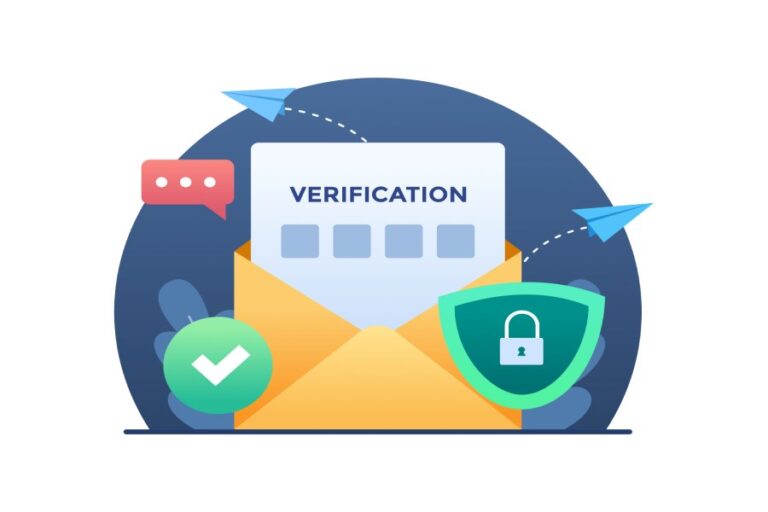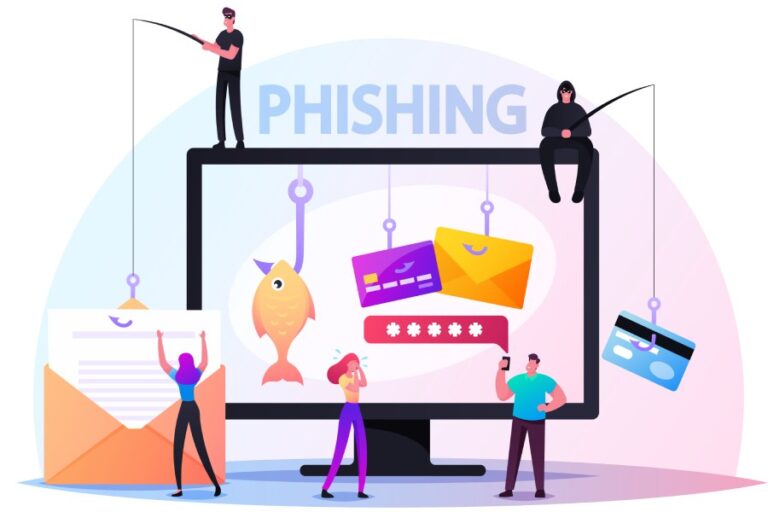
Learning to Configure SPF for Amazon SES
If you send emails from Amazon SES and see the ‘Via amazonses.com’ warning, then you need to set up SPF and DKIM. This warning basically indicates that the mailbox provider perceived that your emails were sent from Amazon SES and not your brand. This blog guides you on setting SPF for Amazon SES so that…

How to Set Up DKIM in Amazon SES?
To configure DKIM for Amazon SES, you have to modify the DNS settings of your domain. For Route 53 users, Amazon SES will take care of the process, but if you use another DNS provider, you need to follow some processes. Here are rules that you need to abide by: Configuring DKIM for a Domain…

Decoding I-Tag DKIM Vulnerability and Its Impact on Email Deliverability and Security
If you thought that authentication standards like Domain-based Message Authentication, Reporting, and Conformance (DMARC) and Brand Indicators for Message Identification (BIMI) were enough to maintain the integrity of your email communication, you are probably mistaken! According to a recent report published by Estonian security researchers, there exists a significant flaw in the DomainKeys Identified Mail…

A Roundup of the Top Phishing Attacks in 2024 So Far
Is your mailbox flooded with unsolicited emails? While most of these emails are harmless (like bulk or spam), some of them have the potential to seriously damage your entire ecosystem. Year after year, these emails are getting more frequent and formidable. In fact, we are only halfway into 2024, and the number of fraudulent emails…

What is the Role and Relevance of PTR DNS Resource Records?
You might be familiar with DNS records that map domain names to IP addresses. But have you ever come across the term “PTR (Pointer) records” or perhaps “reverse DNS records?” PTR records, or reverse records, as the name suggests, are the exact opposite of “a” DNS records. So, instead of translating domain names to IP…

How does Canonicalization prevent emails from failing DKIM checks?
There is a multi-step journey between your outbox and the recipient’s inbox. Since the process is very quick, we don’t realize that when an email is in transit, it’s prone to tampering and modifications by malicious actors. You can deploy DKIM (DomainKeys Identified Mail) to ensure nobody tampers with your emails in transit and prevent…
